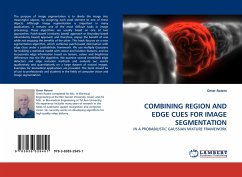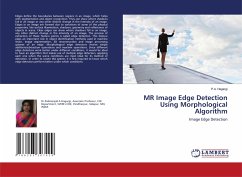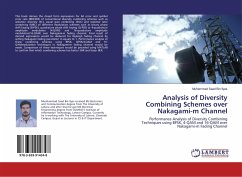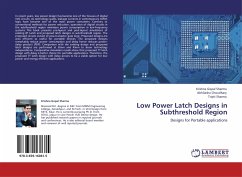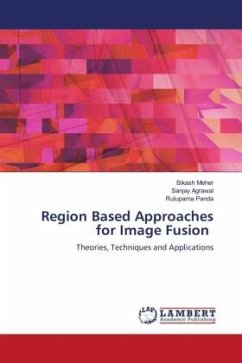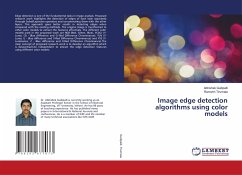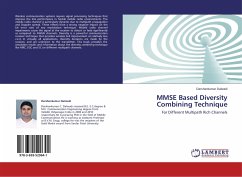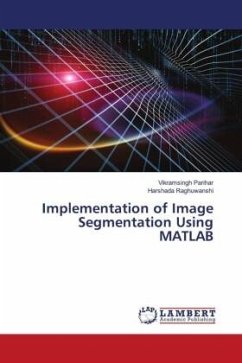The purpose of image segmentation is to divide the image into meaningful objects, by assigning each pixel element to one of these objects. Although image segmentation is important in many applications, it remains one of the most difficult tasks in image processing. These algorithms are usually based on one of two approaches: Patch-based (similarity based) approach or Boundary-based (dissimilarity based) approach and therefore, enjoys the benefit of one while not enjoying the benefits of the other. This book focuses on a new segmentation algorithm, which combines patch-based information with edge clues under a probabilistic framework. We use multiple Gaussians for building a statistical model with colour and location features, and we incorporate edge information based on texture, colour and brightness differences into the EM algorithm. We examine several (modified) edge detectors and edge inclusion methods and evaluate our results qualitatively and quantitatively on a large dataset of natural images. Examples for biomedical applications are provided. This book should be of use to professionals and students in the fields of computer vision and image segmentation.
Bitte wählen Sie Ihr Anliegen aus.
Rechnungen
Retourenschein anfordern
Bestellstatus
Storno

